Interested in Aragami: Shadow Edition? We managed to review it on the Nintendo Switch. Here’s our thoughts below…
Aragami: Shadow Edition is a 2018 action-adventure stealth game developed and published by Lince Works that includes the 2018 prequel DLC, Aragami: Nightfall as well as the base game, Aragami, from 2016. It was eventually released on the Switch in 2019, which is the platform I played the game on. While the game seems to stumble a bit on the Switch, it also has a lot of shining moments that had me enjoying the ride.
The game follows Aragami, who is essentially a shadow man that is summoned by Yamiko, a girl who is being held captive by the Kaiho. In order for Yamiko to be saved, Aragami needs to help her by receiving six talismans to open her prison. Since Aragami must stay in the shadows, he must finish this task before the daylight arrives or he will dissolve.
[penci_review]
Gameplay
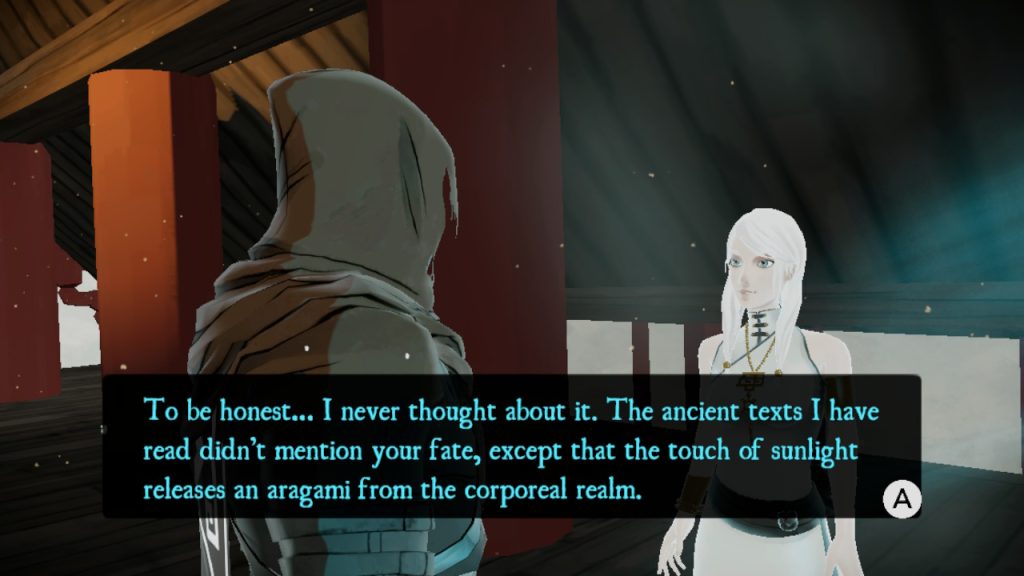
To start, the gameplay in Aragami: Shadow Edition is very reminiscent of Dishonored. This certainly is not a bad thing, as Dishonored is one of my personal favorite stealth games. It uses a similar system where Aragami can develop skills by getting scrolls from around the map and can upgrade these skills. Some of the skills include “Shadow Leap”, where you can move quickly between shadows, “Banmoku”, which allows you to see enemies through walls, “Shadow Vanish” to make dead bodies disappear, and “Shadow Creation”, which allows you to make your own shadow. There are many more that you can unlock, but there is definitely a struggle to gain these skills at the beginning.
RELATED: Peaky Blinders: Mastermind Review – A Unique Stealth Puzzler
I noticed it was hard to find scrolls at first, as there is no indication where they are on the map. You pretty much just have to wander around to find it, and there isn’t much of a signal to show that it’s nearby other than a slight blue aura around the scroll. It is only once you gain the ability to see these scrolls on the map through the use of Kurosu, your raven companion, that it becomes easier to obtain. Because of this, I spent most of the first few chapters with only about three skills.
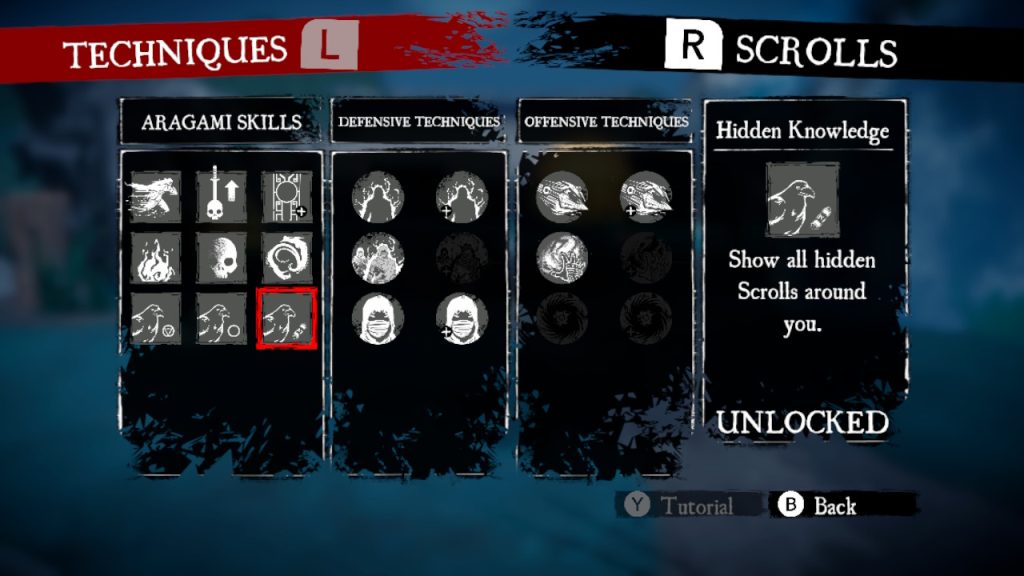
Another thing of note is that Aragami has a cape on his back that indicates how much “Shadow Essence” you have, which can be refilled when you are in the shadows and depletes significantly when in harsh light. Having it at full allows you to use your abilities and switch between shadows, but you also can use “Techniques” that only have two uses and can be refilled when you find a shrine. While this might sound like a pain, luckily there is a technique you can eventually get called “Shadow Kill”, which allows you to kill an enemy by using the shadows around you, which also refills one of your techniques by one. This is extremely useful in allowing you to keep your techniques full but gives you a small challenge in order to do so.
Another great part of Aragami: Shadow Edition is that since this game gives you the option to either eliminate everyone in sight or nobody at all, you can easily get away with only using a couple of Aragami’s skills if you prefer the latter approach. This game has a lot of replayability if you are like me and enjoy earning the achievements of not killing anyone and not being detected, and then replaying and eliminating all of the guards.
Story

When you first begin the game, the background of the characters is almost completely unknown. You suddenly awaken as Aragami and meet Yamiko immediately, and she asks for your help in escaping, but we learn only bits and pieces about her past throughout the game.
RELATED: Final Fantasy VII Remake Review – A Riveting Game Enjoyable Even by New Players
Aragami, throughout the story, sees visions of the past, as well as visions of Yamiko’s past. We aren’t exactly sure from the beginning whose visions Aragami is seeing, which ends up being a large part of the plot at the end. When we finally discover each character’s intentions at the end of the story, it makes for a heart-wrenching and intense final showdown.

The story itself is strong, but what Aragami seems to lack is variance in the environment and levels. Most of the environments for each level look very similar to each other and I think the game would benefit from a more expansive map or change up in design. Sometimes, it’s hard to even tell if you have moved on to the next area since most of it looks like the previous level. Once you get to the DLC of Aragami: Nightfall, though, this is where more variance seems to show up as each map looks quite different from the other.
Overall, the story really made me connect with all the characters in their own way, and it attempted to help the player understand the perspective of each character and why they chose to carry out their own deeds. It certainly moved me and (might have) brought me to tears a bit at the end. I would only seek to improve the environments and maps to enhance the story even more, which Aragami: Nightfall certainly improved on.
Game Performance and Graphics
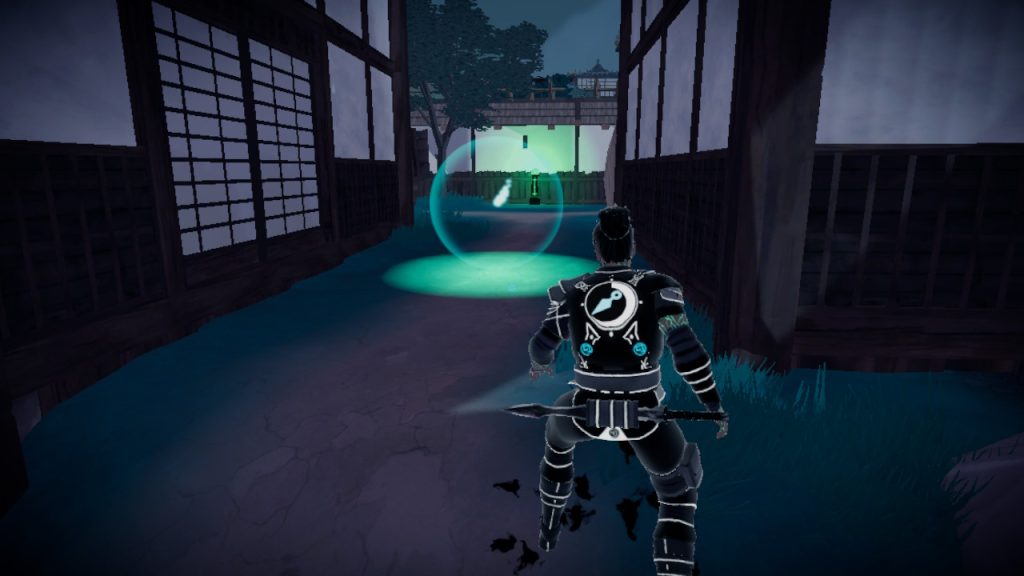
Coming from someone who has not played the game on another platform before, I can say that the graphics and performance for Aragami: Shadow Edition could certainly be improved on the Switch. There were multiple times where the shadows would take a while to load in, as well as strange glitches on the guards, and significant drops in frame rate, even to the point of the game stopping for a few seconds. Luckily, the extreme of the game completely stopping did not happen often, so it certainly was not any game-breaking issues.
In certain areas of the game, it seemed to struggle to get up to a playable frame rate at first. It would seem like it was stuck at 15 frames per second for a minute or so, and then suddenly bump up to around 30 frames per second. This could get annoying on occasion and caused me to be spotted by guards a few times due to the game lagging. Luckily, this seemed to only happen when reloading a certain checkpoint or starting in a new area, and then often would stay consistently at 30 frames per second afterward.
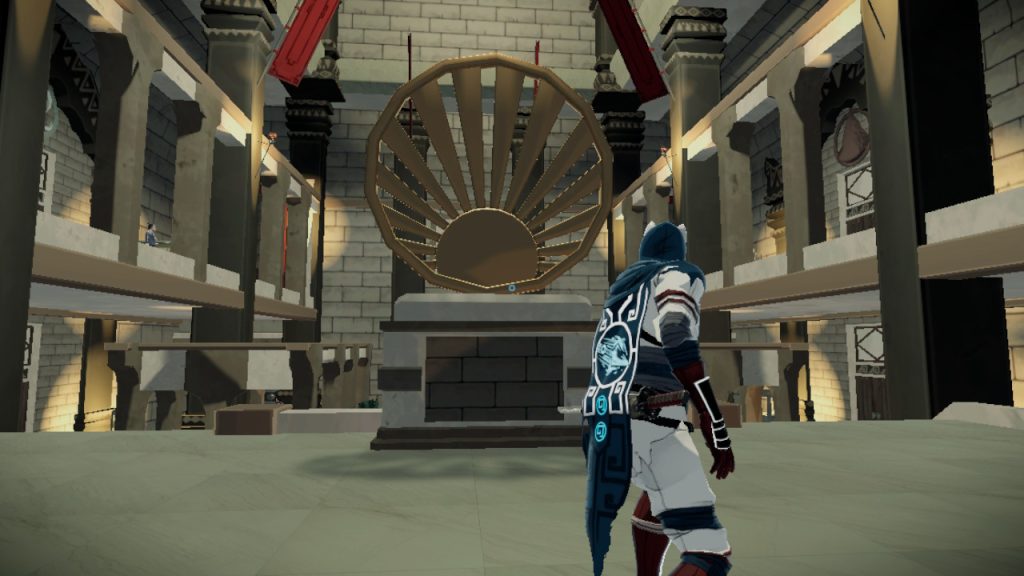
The graphics were decent considering it was originally a PC game and was being ported to the Switch, which often struggles to handle more intensive graphics. During cutscenes in handheld mode, especially, the Switch’s fan would begin whirring intensely and my Switch became quite hot. During most of the standard gameplay, though, it seemed to run well enough and the graphics were alright. At times, it could be frustrating when the shadows struggled to load in, especially when you were needing to make a quick jump to another shadow in only a matter of seconds.
RELATED: Assassin’s Creed: Ranking Them From Worst To Best
You can especially see the lack of graphics on the guards and other NPCs, as they look more polygonal and just all-around fake. While overall certainly lacking in the graphics department compared to its PC counterpart, this is expected when porting a game to the Switch and most likely would not come as a surprise to many Switch players. If you do not mind the blockier textures and less noticeable shadows, then it should not affect your enjoyment of the game too much.
Art and Audio
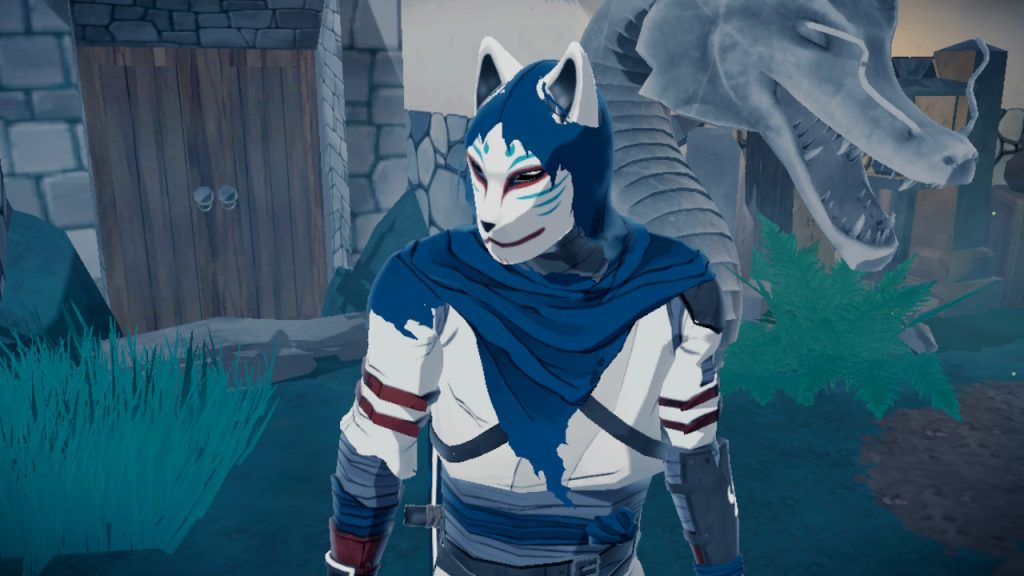
The artwork and design of this game is one of its best assets. The art style is absolutely gorgeous, with its cell-shading and beautiful colours, as well as its heavy outlining on Aragami’s clothing. The most satisfying of all is when you go into the shadows to see Aragami’s cape glowing in the darkness as his Shadow Essence refills. It reminded me a bit of Breath of the Wild, which is one of my favourite games in terms of style and artwork.
While the environments, as I mentioned before, could be repetitive at times, they always looked appealing. My favourite aspect is the glowing lights all around the maps, and the particles you can see in the air.
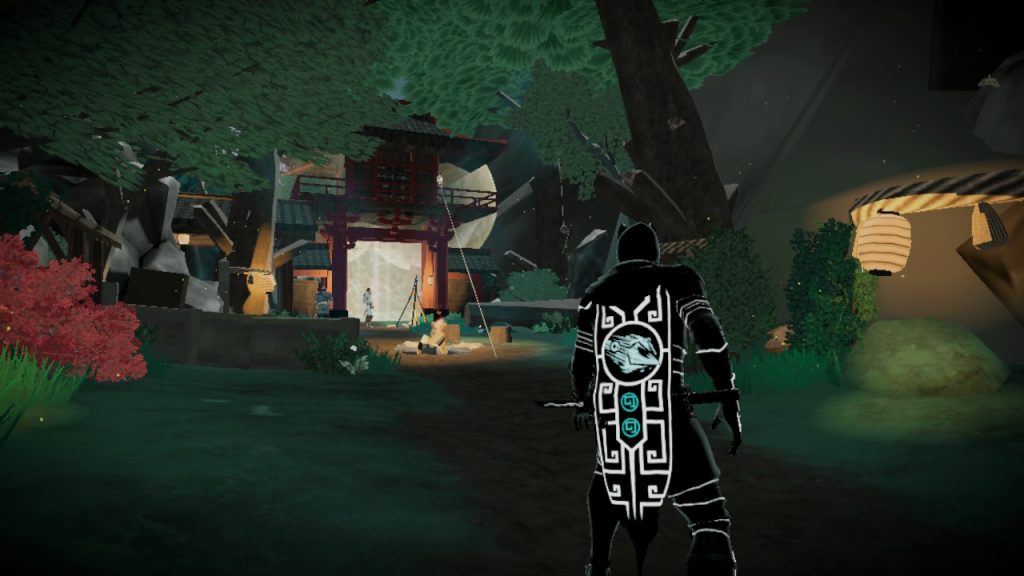
The soundtrack of the game often only appears more at intense moments in the game. When the music is playing, though, it is always captivating and fits perfectly with the moment. During parts where there is a body discovered or you are spotted, a strong and intense soundtrack with aggressive drums begins to play that almost makes you want to rush away quickly as a gut reaction to the music. The main theme, as well, has beautiful strings and gives the strong emotion of something lost, which is essentially what Aragami represents throughout the game.
While I personally do not know much about traditional Japanese instruments, you can definitely hear them throughout the soundtrack, especially in the final battle. The instruments that are chosen for this soundtrack blend so perfectly with the feeling the game gives and the atmosphere and environment you are in. The right song is always playing to correctly match the feeling in the moment, such as fear, defeat, hope, loneliness, and more.
Aragami: Shadow Edition is a game that is certainly worth your time and I might even go back myself and give it a few more replays to earn a couple of achievements. The game has amazing artwork and is a significantly enjoyable game to play, but it certainly fumbles at times on the Switch. If you have the capability to play the game on PC, you will certainly see improved graphics and gameplay.
Like what you see? Don’t forget to share our work with the buttons below! Also, be sure to follow us on Twitter and check out our YouTube Channel for more great content from the Gamezo Team!

